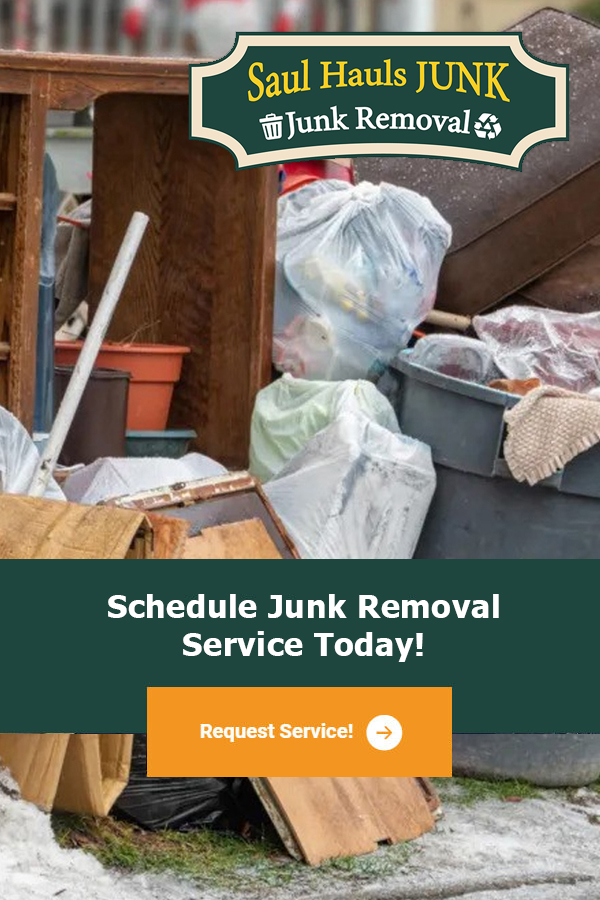
How Often Should Offices Schedule Cleanouts?
Regular office cleanouts are essential for maintaining a healthy and productive work environment. But how often should they really occur? In this FAQ, we will explore the factors that influence the frequency of office cleanouts, the benefits of maintaining a clean workspace, and best practices to ensure your office remains tidy and organized.
Understanding the Importance of Office Cleanouts
Office cleanouts are not just about cleanliness; they are essential for creating a conducive work environment. A clean space helps boost employee morale, reduces stress, and ultimately, enhances productivity.
Additionally, regular cleanouts can prevent the buildup of clutter that can distract employees. By addressing these distractions proactively, organizations can foster a more focused and efficient workplace.
Moreover, office cleanouts contribute to overall health. Workspaces can accumulate dust, allergens, and pests. Regular cleaning schedules help eliminate these potential health hazards, ensuring employees remain healthy and productive.
In short, understanding the importance of office cleanouts is the first step in maintaining an effective workplace. A well-organized office benefits not only the employees but also the overall organization.
Factors Determining Cleanout Frequency
Several factors dictate how often an office should schedule cleanouts. The nature of the business plays a pivotal role. For example, industries that generate more physical waste, like manufacturing, may require more frequent cleanouts.
Another important factor is the size of the office. Larger spaces with more employees generally accumulate clutter faster than smaller offices. Regularly assessing the office’s needs can lead to a tailored cleaning schedule.
Seasonal changes can also impact cleanout frequency. For instance, during flu season, more rigorous cleaning protocols are necessary to ensure health and safety. This proactive approach can mitigate the spread of illnesses within the workplace.
Lastly, employee feedback can provide valuable insights into how often cleanouts should occur. Employees will often have a unique perspective on areas that require tidying, helping you develop a more effective cleaning schedule.
Recommended Cleanout Schedule
While the frequency of office cleanouts can vary, a general recommendation is to conduct basic cleanouts on a monthly basis. This periodic cleaning helps maintain organization and prevent clutter buildup.
In addition to monthly cleanouts, organizations should also plan for a more thorough deep clean at least twice a year. This deep clean should address carpets, windows, and less frequently used spaces that often accumulate dirt and dust.
For high-traffic areas, such as break rooms and restrooms, consider more frequent cleanings—perhaps weekly or bi-weekly. These spaces are prone to germs and messes, making them critical for regular attention.
Ultimately, the key is to remain flexible and adapt your cleanout schedule based on observed need. Evaluating the workspace regularly will ensure cleanliness and comfort for everyone.
Benefits of Regular Office Cleanouts
The benefits of regular office cleanouts extend beyond aesthetics. A clean environment fosters a sense of professionalism and pride among employees, which can translate into increased productivity.
Moreover, regular cleanouts can help identify and mitigate potential hazards. Broken equipment, cluttered walkways, or unnecessary items can pose risks to safety. By scheduling cleanouts, offices can proactively address these issues.
Another significant advantage is time savings. When an office is organized, employees spend less time searching for materials or navigating clutter, contributing to a smoother workflow and effective task completion.
Last but not least, a clean workspace can enhance the overall image of the organization. Clients and visitors who enter a tidy office space are likely to view the business as professional and trustworthy, potentially leading to new opportunities.
Best Practices for Effective Cleanouts
Implementing best practices for office cleanouts can maximize their effectiveness. Start by establishing a designated cleanout team responsible for organizing and executing cleaning tasks.
Next, set clear guidelines for what constitutes clutter. Educating employees about the importance of decluttering their desks and communal areas can lead to greater participation in maintaining a clean workplace.
Consider utilizing checklists to streamline the cleanout process. These checklists can help ensure that no area is overlooked and that tasks are completed efficiently during each cleanout session.
Lastly, celebrate the completion of cleanouts. Appreciating team efforts in maintaining a clean workspace fosters a culture of cleanliness and encourages ongoing commitment among employees.
Final Thoughts on Office Cleanouts
By considering the specific needs of your office and following the guidelines suggested in this FAQ, you can determine the best schedule for your office cleanouts. Remember, a clean workspace not only enhances productivity but also promotes employee wellbeing.


